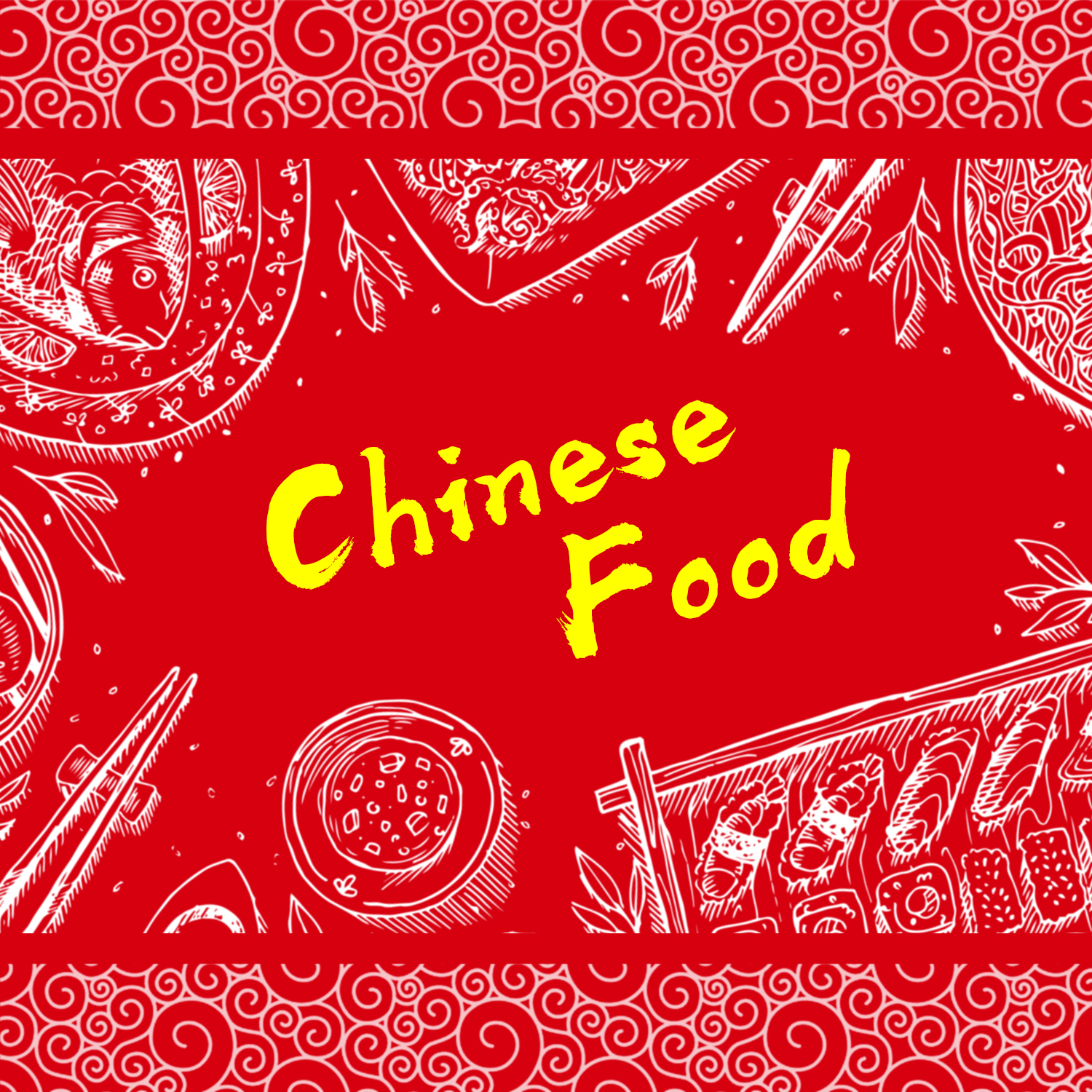The dish Dim Sum (diǎn xīn) is a central element of Cantonese cuisine. The term literally means “touch the heart,” reflecting the idea that these small dishes bring joy and comfort. Dim Sum has a long history connected to the tradition of yum cha, or drinking tea, which dates back to the Silk Road era when travelers stopped at teahouses. Today, Dim Sum encompasses a wide range of dishes such as dumplings, buns, rolls, and cakes, each with unique flavors and textures. Nutritionally, Dim Sum varies depending on the preparation. Steamed items like har gow and siu mai are rich in protein and relatively light, while fried versions provide energy-dense satisfaction. The cultural value of Dim Sum lies in its communal nature, as people gather around a table to share many different plates. Preparing Dim Sum is an art requiring precise skill in dough making, filling balance, and steaming techniques. Internationally, Dim Sum has become synonymous with Chinese brunch, spreading from Hong Kong and Guangdong to Chinatowns across the globe. Its enduring popularity is proof of its adaptability and the universal appeal of sharing small, flavorful dishes with family and friends.

